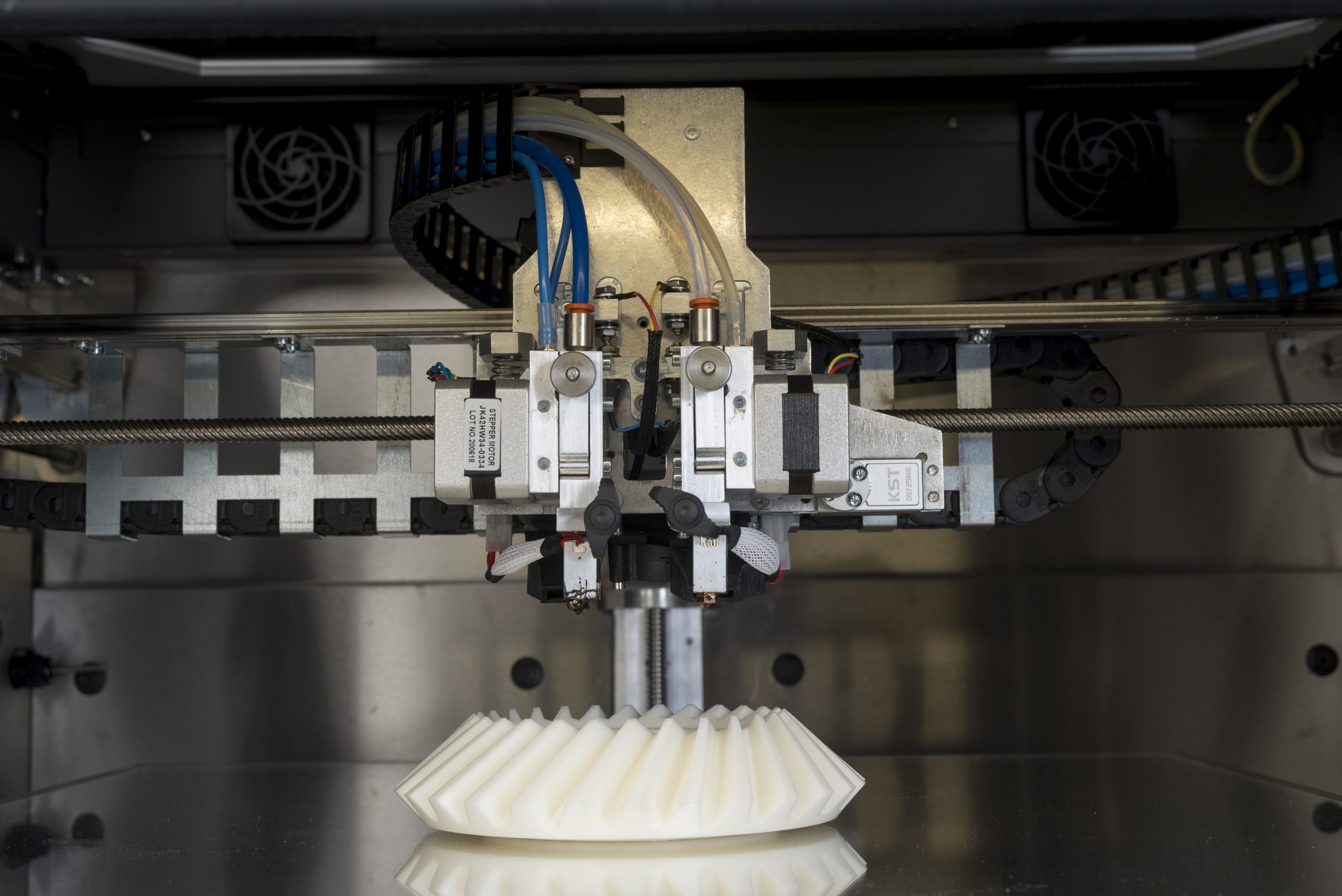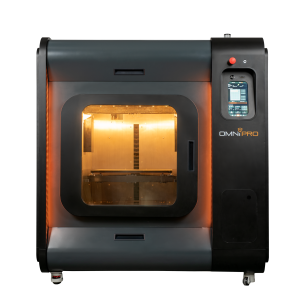Chamber Temperature’s Impact on Strength in material extrusion
Achieving optimal part quality in additive manufacturing material extrusion often hinges on factors beyond mere geometry and material selection. One such critical aspect is the controlled thermal environment provided by heated chambers, particularly when working with advanced materials like super polymers.
The chamber temperature significantly impacts the mechanical strengths of parts, particularly in polymers.
Understanding the Science
The crystallization process of polymers, a fundamental aspect of 3D printing, is significantly influenced by temperature. When materials like PEEK, ULTEM, and PC are extruded, their molecular structure undergoes a phase transition. A heated chamber ensures a controlled thermal and cooling rate, allowing for proper molecular orientation and crystallization. This, in turn, directly impacts the mechanical properties of the final part.
Mechanical Strength and Part Integrity
Properly controlled cooling minimizes internal stresses and distortions, enhancing the mechanical strength and dimensional accuracy of printed parts. This is especially critical for applications demanding high performance, such as those found in the aerospace, automotive, and defense industries.
Temperature affects polymers’ mechanical properties by altering their molecular structure and chain mobility. For example:
- Tensile strength and Young’s modulus decrease with increasing temperature, due to increased molecular motion and reduced intermolecular forces
- Ductility and impact resistance may increase at higher temperatures, as molecular chains become more flexible and resistant to cracking
- Certain polymers may exhibit a glass transition temperature (Tg), below which they are more rigid and above which they become more flexible and prone to deformation
The Role of Uniform Temperature Distribution
Maintaining a consistent temperature throughout the whole build chamber is essential. Temperature gradients can lead to uneven cooling, resulting in warping, delamination, or other defects. Actively heated chambers with precise temperature control help mitigate these risks, ensuring consistent part quality.
Real-World Applications
The benefits of heated chambers extend to a wide range of applications, including:
- Aerospace: Producing complex components for aircraft, drones, and satellites.
- Automotive: Manufacturing prototypes, tooling, and end-use parts for vehicles.
- Defense: Creating high-performance components for military equipment and infrastructure.
Omni3D: Your Partner in Advanced 3D Printing
Omni3D is committed to providing cutting-edge solutions for demanding applications. Our industrial large-format 3D printers equipped with heated chambers offer the precision and control necessary for producing high-quality parts with advanced materials.
With 10+ years of experience, Omni3D helped hundreds of companies to understand the critical role of heated chambers in material extrusion 3D printing, how to optimize in-house production processes and achieve exceptional results.
Contact Omni3D today to explore how our technology can elevate your manufacturing capabilities.


